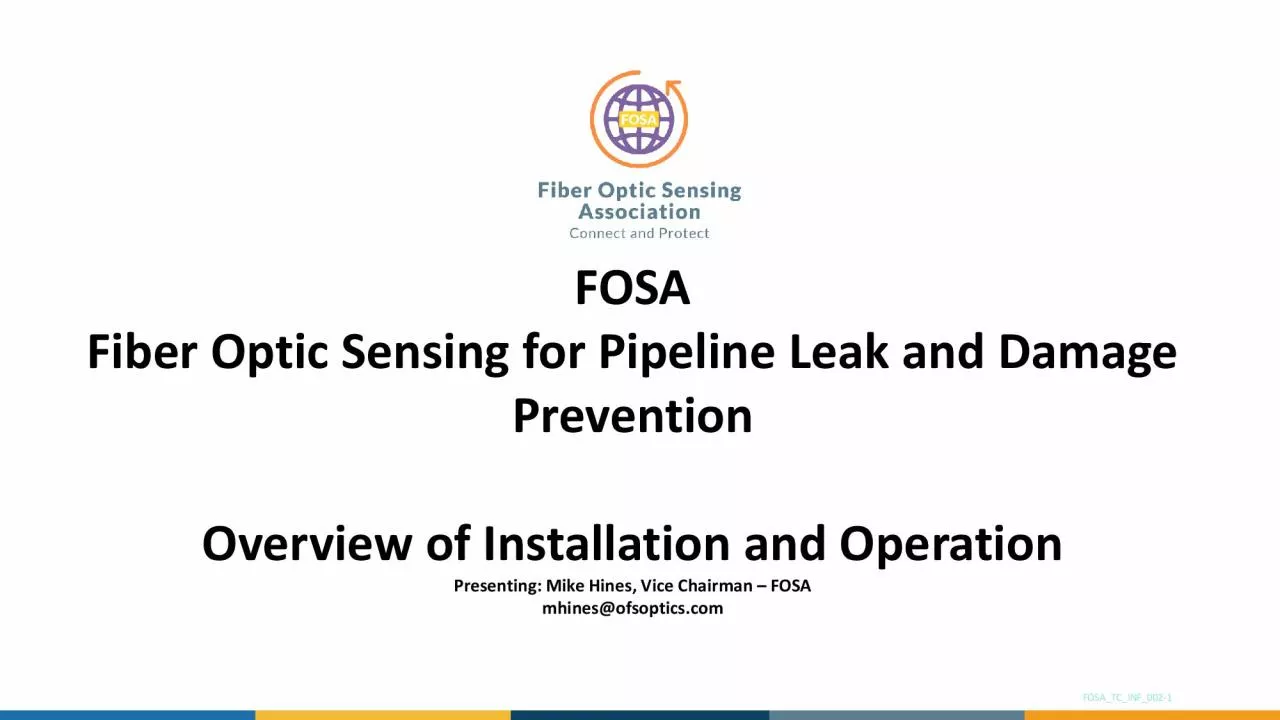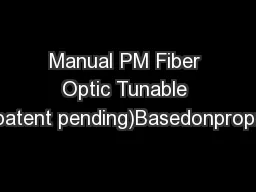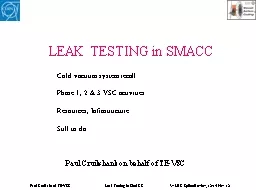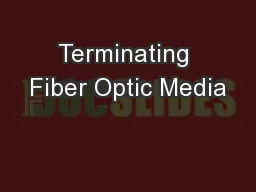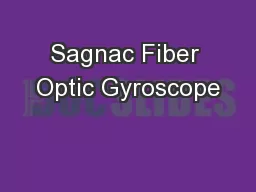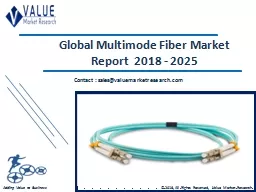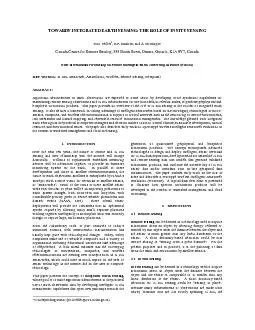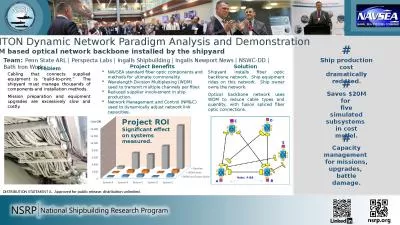PDF-Fiber Optic Sensing for Pipeline Leak and Damage
Author : enjoinsamsung | Published Date : 2020-11-20
FOSA Prevention Overview of Installation and Operation Presenting Mike Hines Vice Chairman FOSA mhinesofsopticscom FOSATCINF002 1 What is FOSA The Fiber Optic
Presentation Embed Code
Download Presentation
Download Presentation The PPT/PDF document "Fiber Optic Sensing for Pipeline Leak an..." is the property of its rightful owner. Permission is granted to download and print the materials on this website for personal, non-commercial use only, and to display it on your personal computer provided you do not modify the materials and that you retain all copyright notices contained in the materials. By downloading content from our website, you accept the terms of this agreement.
Fiber Optic Sensing for Pipeline Leak and Damage: Transcript
Download Rules Of Document
"Fiber Optic Sensing for Pipeline Leak and Damage"The content belongs to its owner. You may download and print it for personal use, without modification, and keep all copyright notices. By downloading, you agree to these terms.
Related Documents

